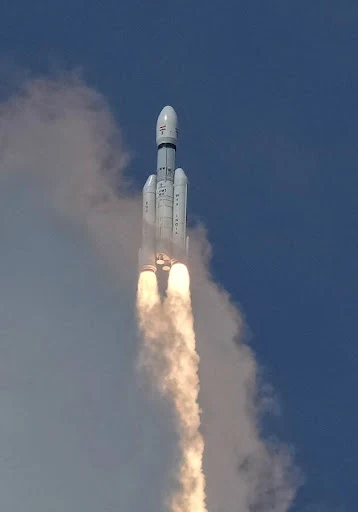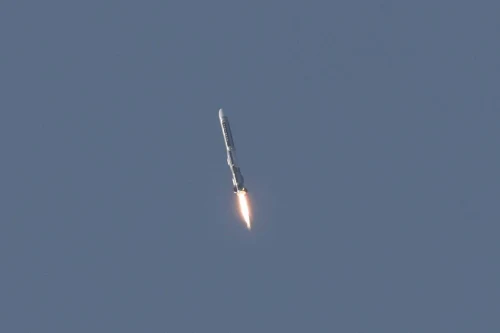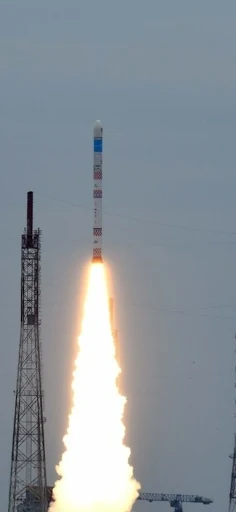Throughout history, humans have gazed up at the night sky in awe, seeking patterns and meanings in the stars and planets. One of the most spectacular celestial events is the parade of the solar system, also known as a planetary alignment. This rare occurrence captivates astronomers and stargazers alike, offering a unique opportunity to observe the harmonious dance of our planetary neighbors.
What is a Parade of the Solar System?
A parade of the solar system happens when several planets appear to line up in the sky from the perspective of an observer on Earth. While these planets are not literally in a straight line in space, their positions in their respective orbits cause them to appear in a relatively straight line in the sky. This alignment can involve anywhere from three to all eight of the major planets.
How Does It Occur?
Planetary alignments are the result of the complex interplay of gravitational forces and orbital mechanics. Each planet orbits the Sun at different distances and speeds, governed by Kepler's laws of planetary motion. Occasionally, their positions coincide in such a way that they appear lined up in a small section of the sky.
These events are predictable and can be calculated with great precision. However, the exact configurations and visibility can vary widely. Some alignments are visible to the naked eye, while others require telescopes to observe the more distant or less bright planets.
Historical and Cultural Significance
Throughout history, planetary alignments have held great significance in various cultures. Ancient civilizations often interpreted these celestial events as omens or messages from the gods. For example, the Babylonians and the Maya both had sophisticated astronomical systems and attributed great importance to the positions and movements of planets.
In modern times, while the mystical interpretations have largely faded, the awe and excitement surrounding planetary alignments remain. These events are often used to promote interest in astronomy and science, encouraging both amateur and professional astronomers to observe and study the cosmos.
Notable Alignments
One of the most remarkable recent alignments occurred in December 2020, when Jupiter and Saturn appeared closer together in the sky than they had in nearly 800 years. This event, known as the Great Conjunction, was visible to the naked eye and generated widespread interest.
Another significant alignment is anticipated in June 2040, when Mercury, Venus, Mars, Jupiter, and Saturn will align. This event will be visible in the early morning sky, providing a stunning display for stargazers around the world.
Observing a Planetary Alignment
To observe a planetary alignment, one does not need sophisticated equipment, although a telescope can enhance the experience. Here are some tips for making the most of this celestial event:
1. Plan Ahead: Use astronomical tools and apps to determine the best time and location for viewing the alignment.
2. Find a Dark Sky: Light pollution can hinder visibility, so seek out a location away from city lights.
3. Use Binoculars or a Telescope: While many alignments can be seen with the naked eye, binoculars or a small telescope can provide a clearer view of the planets.
4. Be Patient: Planetary alignments often occur over several days or weeks, so there may be multiple opportunities to observe them.
Conclusion
The parade of the solar system is a reminder of the intricate and dynamic nature of our cosmic neighborhood. These events, though rare, offer a unique chance to witness the beauty and complexity of planetary motions. Whether you are an experienced astronomer or a casual stargazer, a planetary alignment is an event that inspires wonder and curiosity about the universe we inhabit.










